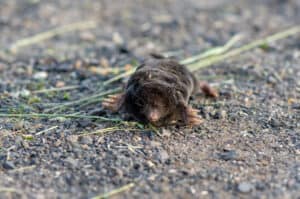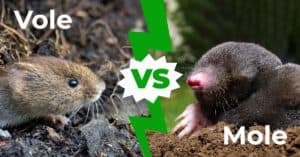Moles are small, blind mammals adapted to live underground. They use their remarkable sense of smell to navigate subterranean darkness. If you are searching for ways to get rid of moles in your yard, it can be helpful to understand what smells attract moles.
Moles are one of only a few mammals that have a stereoscopic sense of smell. Kenneth Catania, Professor of Biological Sciences at Vanderbilt University, researched moles’ sense of smell using moles in chambers with bait. His research found that moles receive separate scent information in each nostril and that each nostril can measure the intensity levels of the smells coming from different directions.
“It was amazing. They found the food in less than five seconds and went directly to the right food well almost every time,” said Catania. “They have a hyper-sensitive sense of smell.”
What Do Moles Eat?

As blind as they are, moles’ sense of smell is astounding.
©Liz Weber/Shutterstock.com
Moles can accurately follow the scent of their favorite food, which could put them right in the middle of your lawn or garden. You may wonder what moles eat since knowing which smells attract moles to your yard can help you take measures to steer them in a different direction. Moles often choose one yard over another when they detect a more plentiful food source.
It is common for moles to get blamed for eating garden plants, vegetables, and roots. However, moles are insectivorous. Their main diet includes earthworms, grubs, ants, centipedes, snails, slugs, and other bugs. While larger moles may occasionally eat small animals like mice that fall into their tunnels, they generally eat insects. Moles can consume between 60-100% of their body weight in insects each day. That means a small mole can eat up to 50 pounds of insects per year.
Often, it is actually a vole that is responsible for eating garden plants. Many people mistake voles for moles because they both make tunnels. However, voles are vegetarians and dig tunnels closer to the surface in search of plants and roots, while moles dig deeper. A vole’s tunnel system is more obvious and leaves a snake-like pattern in your lawn or garden. And unlike moles, when voles dig tunnels, they do not leave mounds behind.
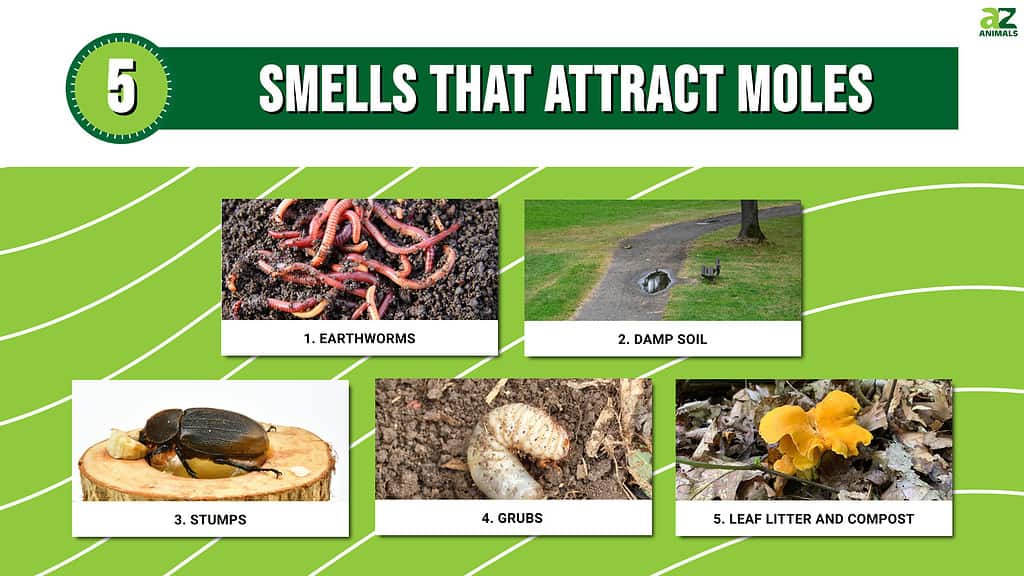
Are Moles Bad for My Yard?
While mole mounds and tunnels can ruin the appearance of your lawn, having moles in your yard comes with some benefits. Their tunnels help aerate the soil while also providing free fertilizer to the area. Moles eat the grubs of harmful plant-eating insects like beetles, which helps reduce damage to roots and foliage. However, moles can leave behind mounds and dips in the landscape, which makes the terrain difficult to navigate.
In addition to creating an uneven surface in your yard, mole tunnels may give rodents like voles, mice, or gophers, access to your garden. Even though moles have a similar appearance to voles and gophers, moles are not rodents. Rodents can damage roots and will eat vegetables and fruit.
Smells That Attract Moles
1. Earthworms
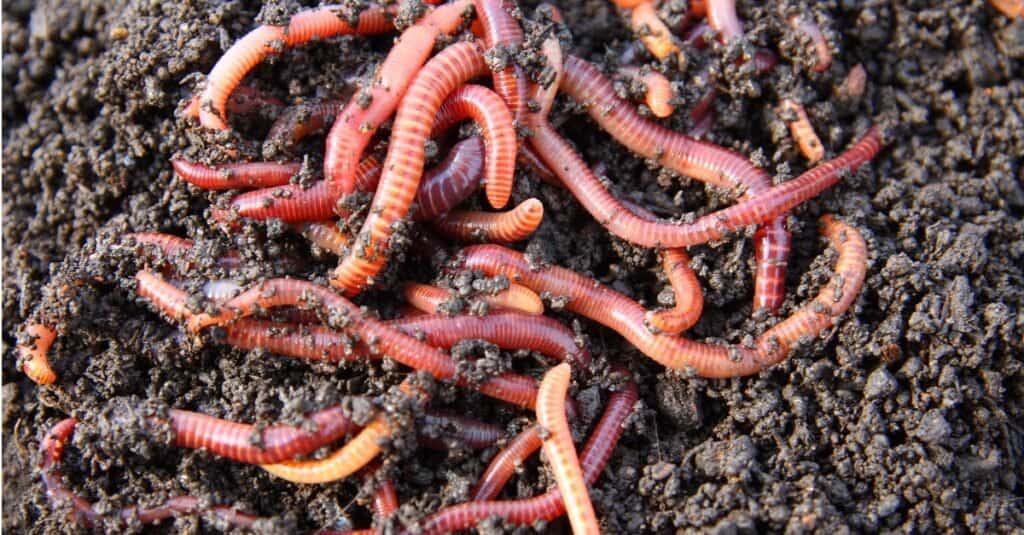
Moles love to feast on earthworms, so the smell of earthworms will attract moles to your yard.
©iStock.com/Mik122
Earthworms are moles’ favorite food and make up much of their diet. In general, earthworms are a beneficial addition to your soil. However, if you have a concentrated population, it may make your yard more appealing to a mole than the surrounding soil. If you have a lot of worms in your garden and know someone who enjoys fishing, you could invite them to catch worms on your property. Removing worms by hand can help reduce the population significantly and provide bait for a friend!
Habitat modification techniques can also help keep earthworm populations in check. One way to deter earthworms is to modify the pH level in your soil. Worms do not like acidic soil, so applying an additive like iron sulfate can help keep your soil on the acidic side.
2. Damp Soil
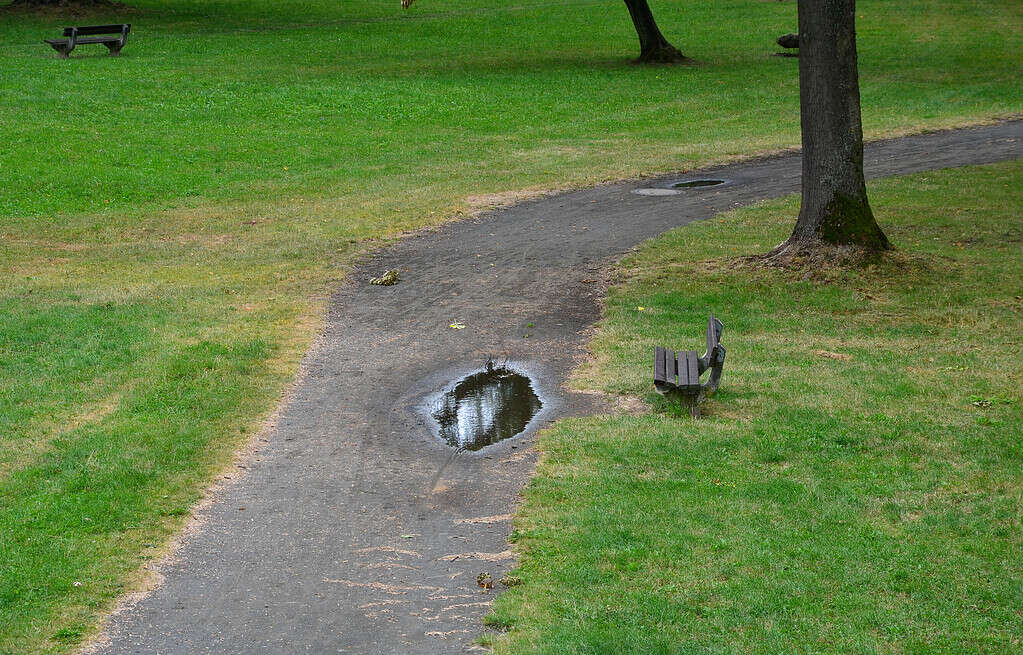
The smell of an overwatered lawn or garden can increase the
earthworm
population and attract moles. Get rid of excess water to reduce mole activity.
©iStock.com/beekeepx
Moles prefer soft, damp soil. They can detect the scent of wet areas in lawns and gardens, making any overwatered areas a prime target for their tunnels. Moles dig deep in search of their favorite food, typically 10 to 20 inches under the surface. They like to dig fast – an average mole digs up to 18 feet per hour and can add up to 150 feet of new tunnels to their underground network per day. They are attracted to loamy soil that is easy to move.
Earthworms are especially common in overwatered areas. To prevent an overabundance of moles’ favorite food source, it is important to manage irrigation well. Shady areas and dips that hold water should be watered less to prevent an excess amount of water in your yard.
Moles have a body shaped like a potato with powerful shoulders and small hind legs. When they find soft, damp soil they can effectively use their shovel-like front feet to swim through the dirt, leaving a trail of mounds behind on the surface.
3. Stumps
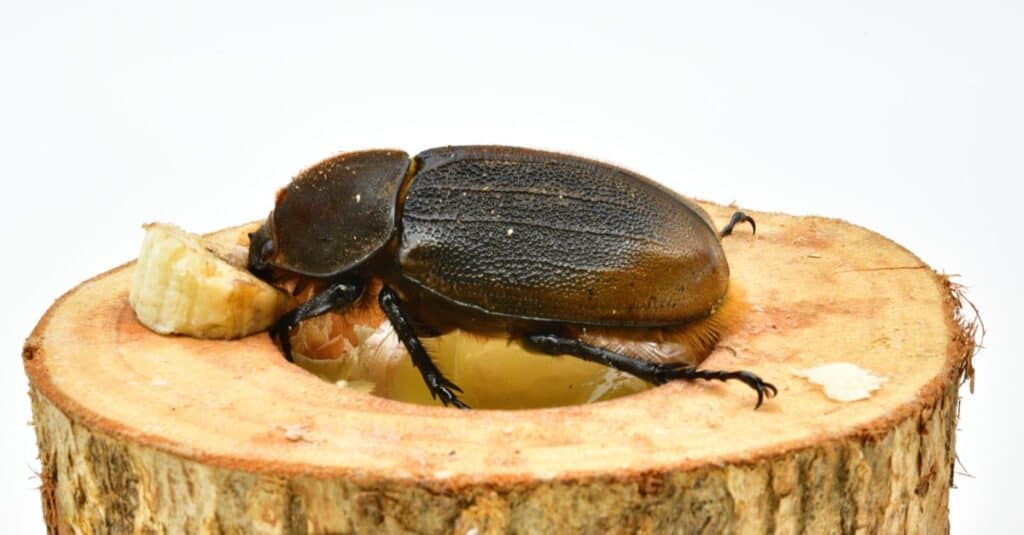
Decomposing stumps become a haven for insects. Moles are attracted to the smell of rotting stumps because of insect activity.
©fukushima_insectarium/Shutterstock.com
Rotting stumps provide a food source for worms and other insects for many years, which will attract moles. When removing trees, grind down the stumps as far as possible or remove as much of the root system as you can. This will reduce the amount of food pockets available to moles.
4. Grubs

Moles dig long tunnels and wait for insects like grubs to fall into their underground system. Their sensitivity to vibrations alerts them to prey in their tunnels.
©iStock.com/kittikornphongok
Grubs thrive in moist lawns, and moles love eating grubs. To reduce this mole food source, limit the amount of moisture on your lawn in late summer and fall. You can also try natural methods, including introducing beneficial nematodes, spraying neem oil, and dethatching and aerating your lawn.
5. Leaf Litter and Compost

The smell of leaf litter and other organic material will attract moles looking for insects that make their home in decomposing plant matter.
©CampSmoke/Shutterstock.com
Organic plant material is a prime food source for composting worms like red wrigglers, nightcrawlers, and tiger worms. Many people report seeing mole activity around their compost or leaf piles. Raking and removing leaf litter around your yard can reduce the chance of moles looking for food. If you have a compost system, consider locating it away from your lawn or garden, or creating a bin system. Another common source of organic material in yards is birdfeeders. When seeds falls to the ground, it can create a perfect environment for underground worms and grubs. Consider installing a birdfeeder with a catch tray or removing birdfeeders from your yard.
Summary of the Top 5 Smells that Attract Moles
| Scent | Effect | Ways to Reduce |
|---|---|---|
| Earthworms | Moles’ favorite food, they will move into areas with large earthworm populations. | Do not overwater garden and lawn areas. Apply iron sulfate. |
| Damp Soil | Moles are attracted to soft damp soil that is easy to dig. | Do not overwater. Prevent large pools or puddles of standing water. |
| Stumps | Stumps are densely inhabited by larvae and insects that will attract moles. | Remove or grind down stumps to decrease the amount of decomposing wood in the soil. |
| Grubs | Lawns with high grub populations attract moles. | Dethatch and aerate your lawn. Reduce irrigation during breeding season in late summer and fall. |
| Leaf-Litter and Compost | Compost piles and leaf litter attract moles because of the insects that make their home in decomposing material. | Rake up organic material and remove it from your lawn and garden. Use bins for composting. |
The photo featured at the top of this post is © Ondrej Prosicky/Shutterstock.com
Thank you for reading! Have some feedback for us? Contact the AZ Animals editorial team.



